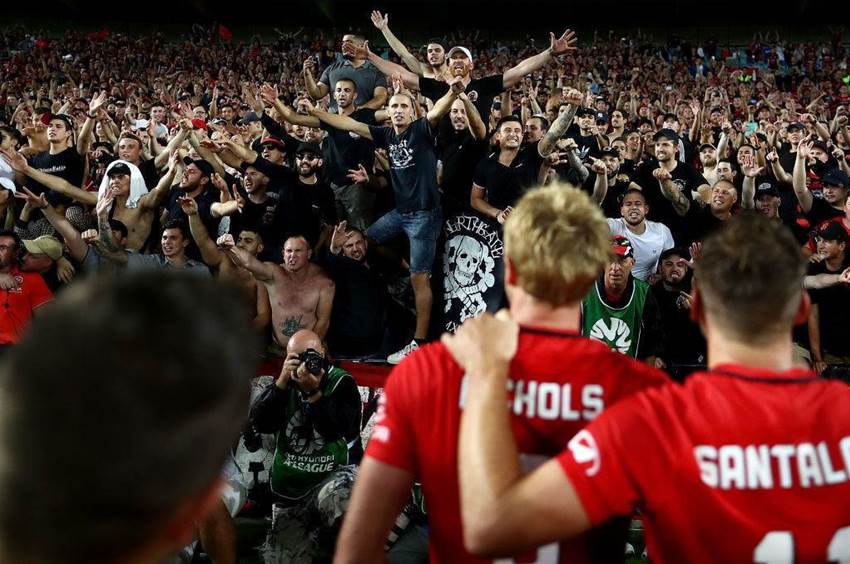Western Sydney Wanderers have fast become one of the biggest clubs in Australia recording their best-ever average home crowds in 2016/17 amid a change of venue and middling on-field results.
The move of high-profile fixtures to the 83,500-capacity ANZ Stadium enabled Wanderers to break the Australian domestic club record attendance, with 61,880 fans turning out for the Round One Sydney Derby.
Wanderers CEO John Tsatsimas described it as a “watershed moment for the history of Australian football” and the Round 10 derby at the same venue in 2017/18 represents an opportunity for a new record.
Western Sydney hosted two derbies at ANZ Stadium in 2016/17 which swelled their average home crowds which were 17,746, upon from 2015/16’s average of 14,297.
It wasn’t all smooth sailing, with Wanderers’ move away from Parramatta Stadium – as it gets rebuilt with a view to completion in 2019 – leading to some challenges at Spotless, ANZ and Campbelltown Stadiums.
There was also the distasteful homophobic banner unfurled by members of the Red and Black Bloc during February’s Sydney Derby which led to widespread condemnation, the club receiving a $20,000 fine and the bans for 14 involved fans.
In light of Wanderers’ fifth birthday, FourFourTwo spoke to Tsatsimas about the 2016/17 season, its successes, its challenges and what’s next for one of Australia’s most emerging sporting clubs.
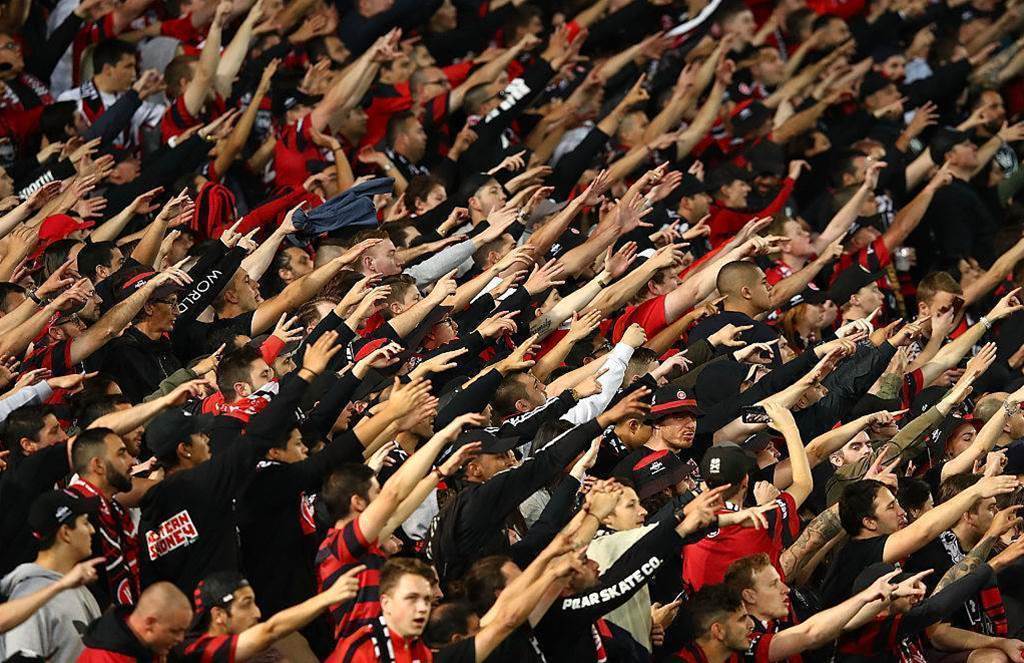
FFT: Firstly, Western Sydney recorded their best ever A-League home crowd average, up more than 3,000 per game on the previous season. Obviously that had a lot to do with the Sydney Derby at the ANZ Stadium but amid a change of venue how do you assess that holistically?
JT: “It was an interesting one with two tales to tell. We had a change of home ground and three venues hosted us as home venues, which certainly provided a challenging element from the consistency basis we’ve enjoyed for the past five years.
“That was a challenge in itself, but having said that we reached 20,000 members for the first time and that’s despite the team finishing in sixth place.
“Had we kicked on, penalties goes either way, you never know what that might be.”
FFT: The 2016/17 season was your first away from Parramatta Stadium as it gets rebuilt. How did you assess the first-year of your temporary tenancy at Spotless, ANZ and Campbelltown Stadiums?
JT: “The challenges remain where we need to be able to be accommodated within three venues. Spotless has its phases where it’s unavailable, so we haven’t had the consistency in terms of habitual attendance which is a hard one for us.
“The shining light at the end of the tunnel is that Parramatta Stadium is on its way. We’re excited by that and we’re heavily involved in planning that. We look forward to going back there.
“Our corporate numbers are up in terms of the Olympic Park area, that’s been a fantastic result for us. For every challenging aspect, Olympic Park has been a positive.”
FFT: The atmosphere at Spotless and ANZ Stadiums has been criticized and it’s impossible to replicate Parramatta Stadium’s feel. But can you adjust anything based on last season’s experience?
JT: “With the aesthetic of matchday and relative proximity of crowd to the ground, there’s not much you can do with that space. That’s the configuration of the ground.
“Also Wanderers supporters would make a day of it, they’d go to Parramatta, you can go out after, it’s close proximity to the ground and you have a vast array of choices which aren’t available to those supporters this season. We look forward to going back to Parramatta when the matchday experience becomes prominent again.
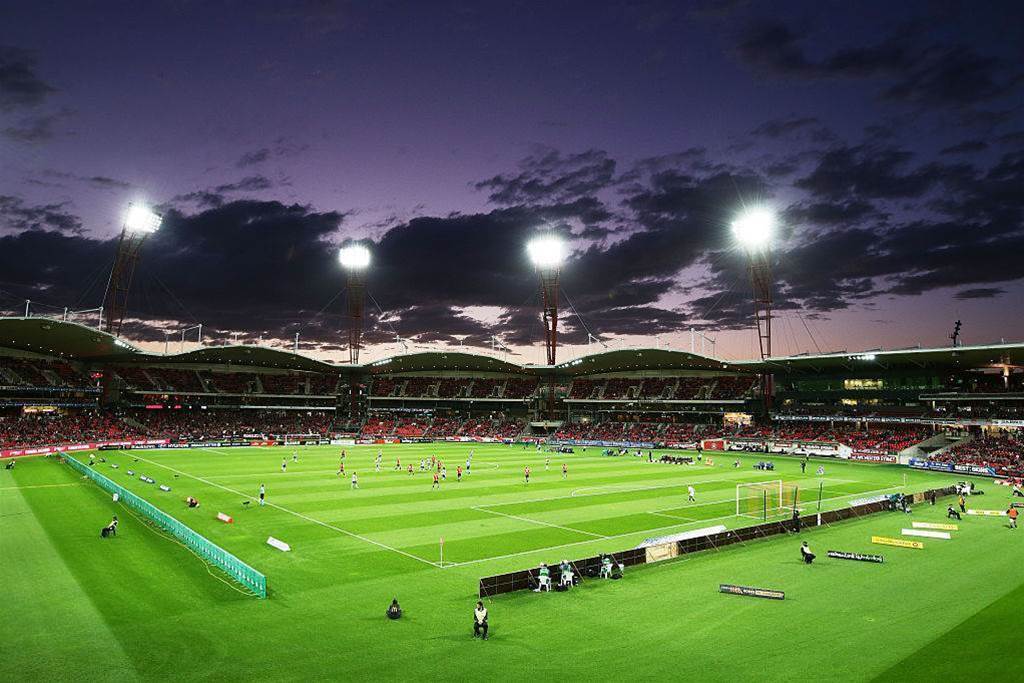
“We try and do everything we can within the constraints. That’s not to say, the venues aren’t fantastic venues. It’s just difficult for a football supporter to enjoy a solely football experience. The management of those venues have been fantastic in trying to accommodate us as best they can.”
FFT: The crowd of 61,880 for the Round One Sydney Derby was an Australian domestic club record. How good was that?
JT: “It’s a fantastic venue. There’s a reason it’s the Olympic Stadium. To set an Australian domestic record crowd is certainly a proud moment for us and a credit to our fans.
“The vast majority of those were Wanderers supporters no doubt. It was a watershed moment for the history of Australian football and Wanderers were proud to be a part of that and leading the way in that space.
“Hopefully there will be more of the same next season. I have no doubt the supporters will be there in force supporting their team as they usually do.”
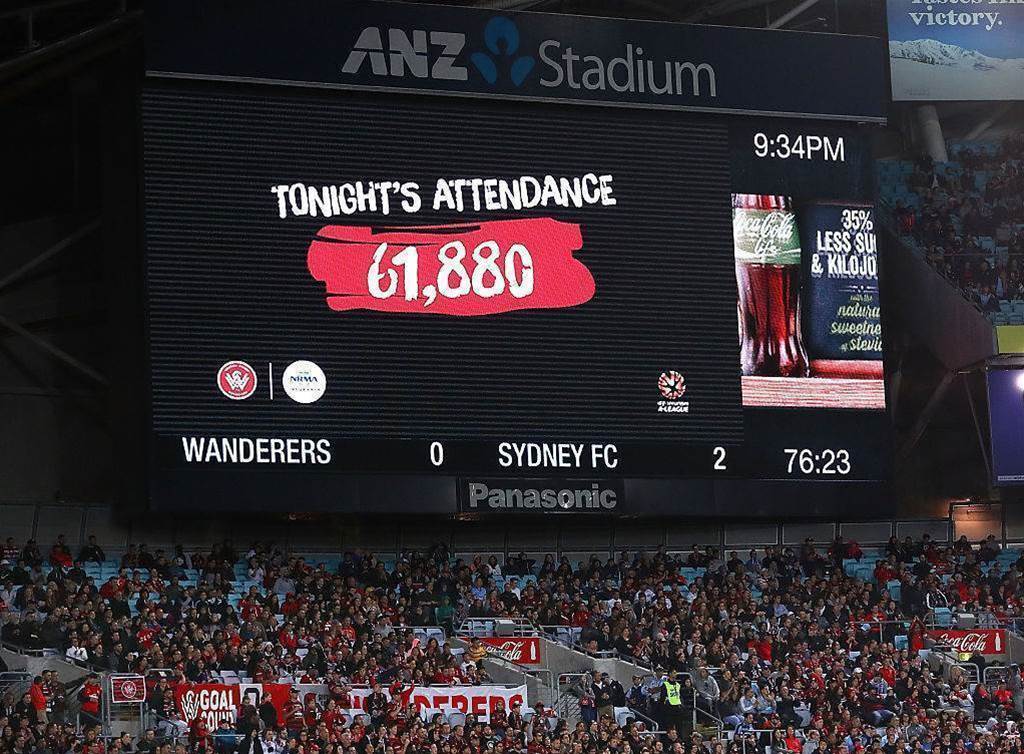
FFT: Amid the stadium changes and a midtable on-field finish, how pleasing is it to reach the 20,000 members’ mark?
JT: “It’s a solid base. It goes to show the quality of the Wanderers supporter groups in terms of supporting their team through thick and thin.
“They’ve come out in full force when it could’ve gone the other way in a new venue but they supported their team and have grown significantly in numbers. We look forward to building on that base and hopefully have a good season on the back of that.”
FFT: On the flipside, it’s well documented there’s been a minority of Wanderers supporters who have gone too far with anti-social behavior?
JT: “We are a club that certainly has its challenging in that space. We’re ever evolving in terms of managing that. We can’t afford to have any issues.
“It’s well documented the club will not tolerate anti-social behavior conducted by Western Sydney Wanderers supporters. We’ll maintain that position.
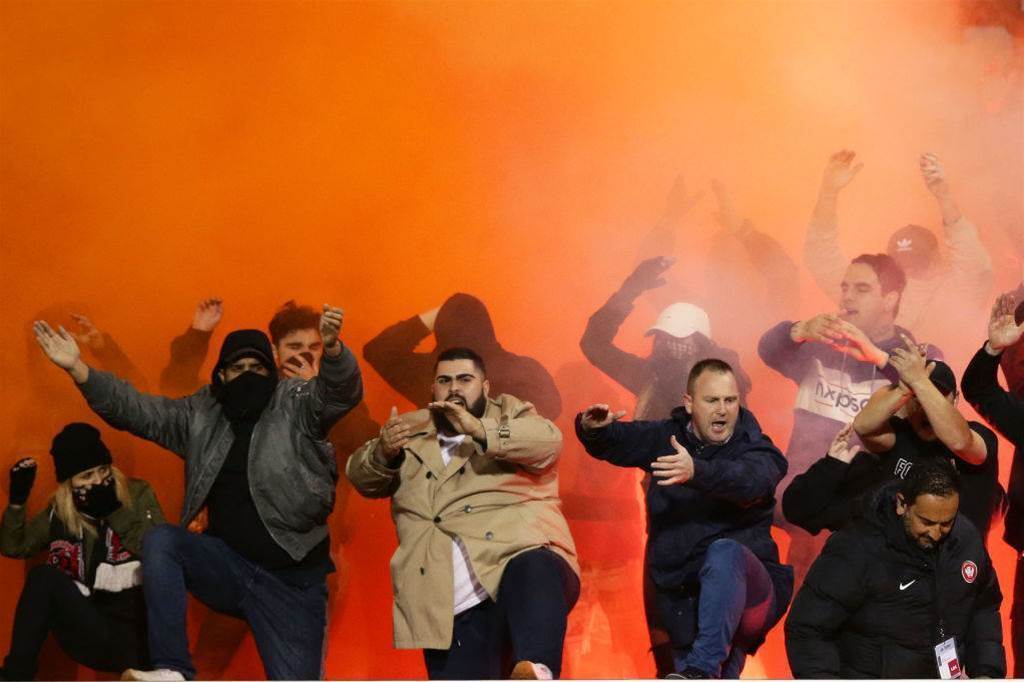
"Those who aren’t able to comply and be part of a fantastic matchday experience and contribute positively won’t be welcome. We don’t apologise for that.
“Having said that, that’s a minority. They don’t speak for the Wanderers supporters. The Wanderers supporters are an amazing group of people when they come together. We focus on the positives and work to eradicate the negatives.”
FFT: The homophobic banner at the Sydney Derby was a big negative and the public condemnation showed that people have had enough?
JT: “Enough is enough is a phrase which is used now. Once was an aberration, once it becomes habitual that’s a problem.
“We acted last year and we remain committed to acting in that space. But we’re very proud of our fans. There are very good people involved in our supporter groups. It’s just that small minority that aren’t welcome.”

FFT: Finally, competing in the AFC Champions League (ACL) was a challenge for A-League clubs in 2017, Wanderers included with some heavy defeats. There’s been a big discussion about the ACL schedule, any learnings from your 2017 campaign?
JT: “I’ve done a number of these. They’re always a challenge. It’s an honour and a pleasure to be there. If you’re good enough, you’re there for a reason.
“These are the things these clubs need to compete with in the Australian concept. We don’t own our own venues so scheduling becomes a difficult proposition.
“If we were in Europe or big leagues where clubs own their venues, in terms of broadcasting and schedules and the ability to play the venue. We don’t have that and until we do, these are the challenges.”
Related Articles
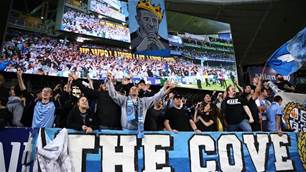
Sky Blues, Wanderers to clash in ALM first-round derby

Socceroo-in-waiting seals Championship deal
.jpeg&h=172&w=306&c=1&s=1)
